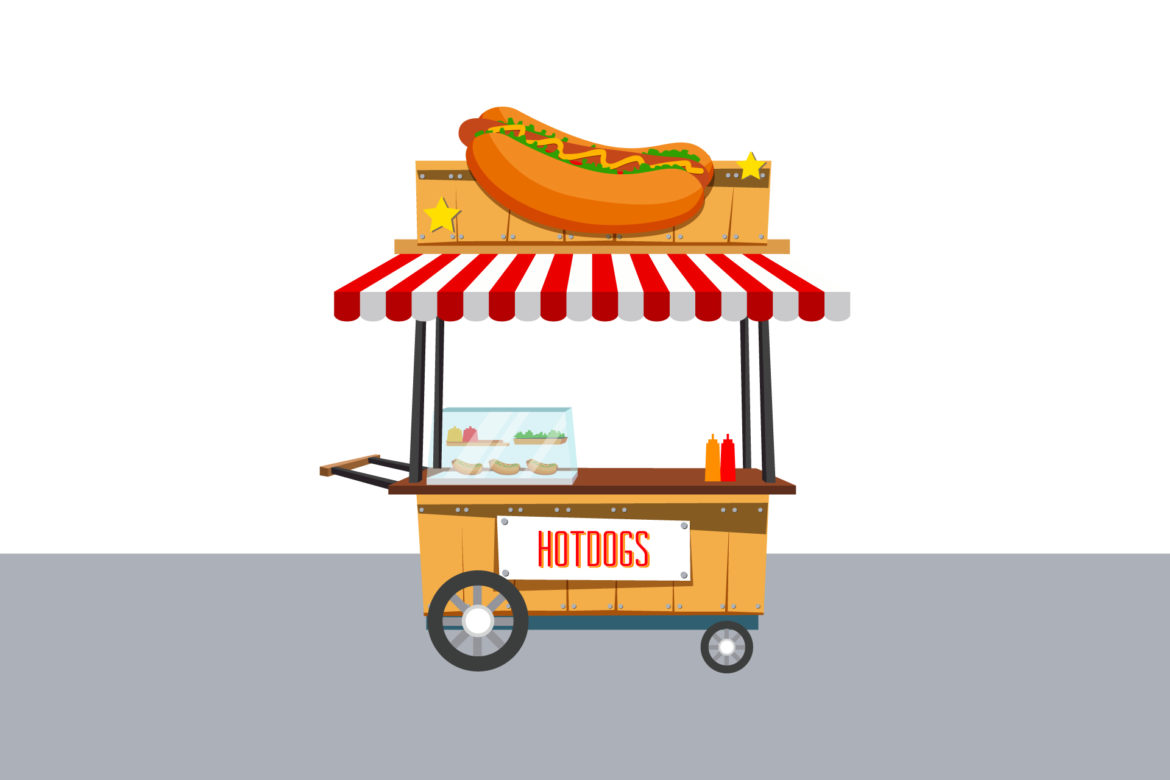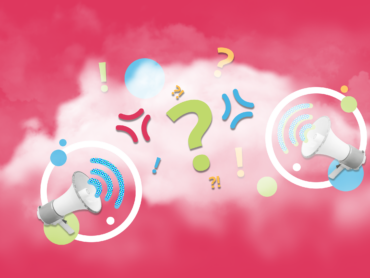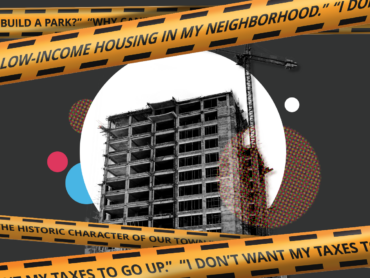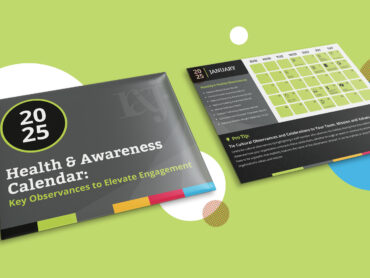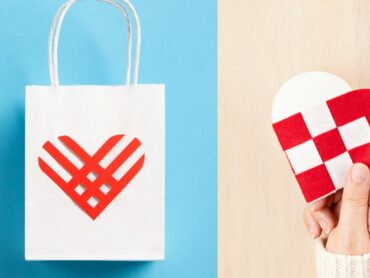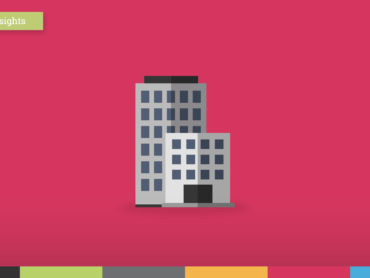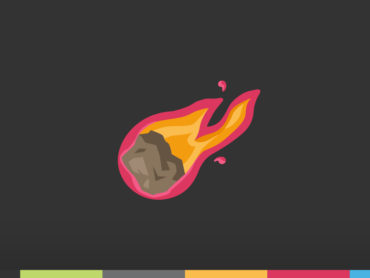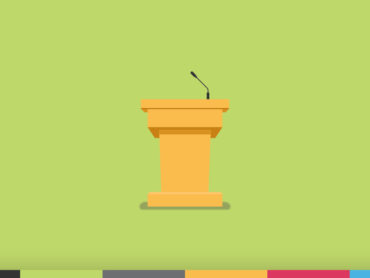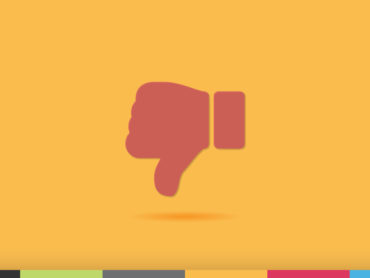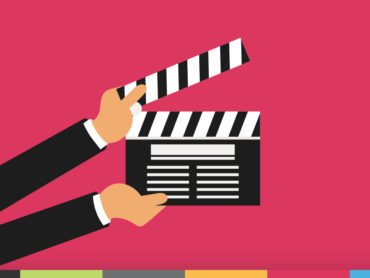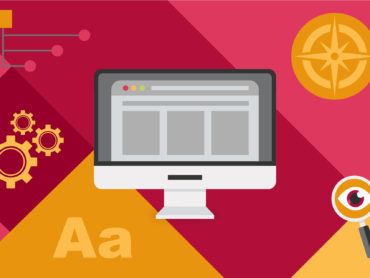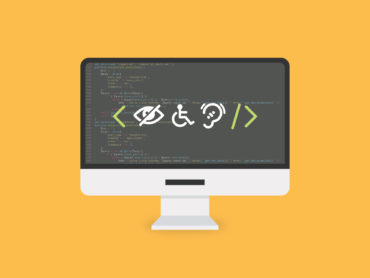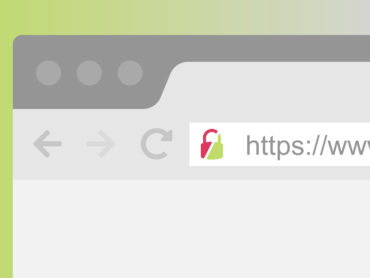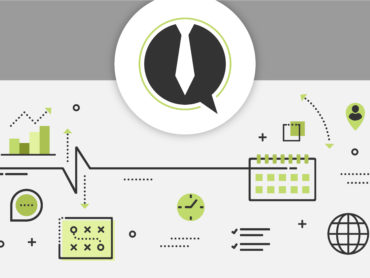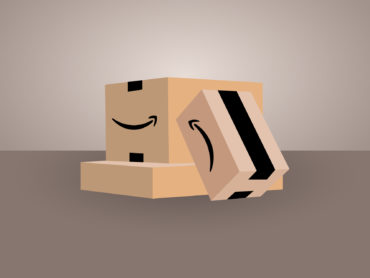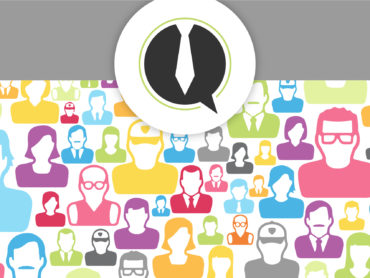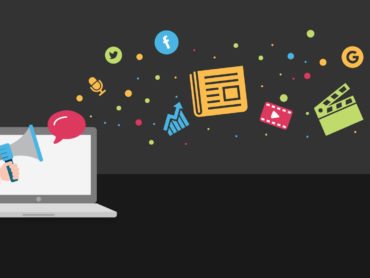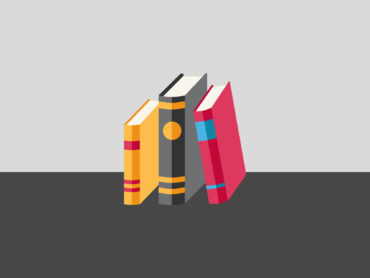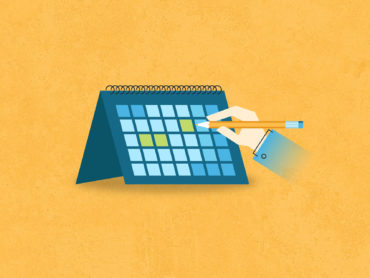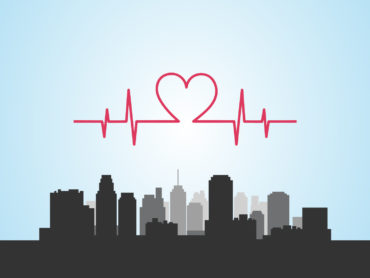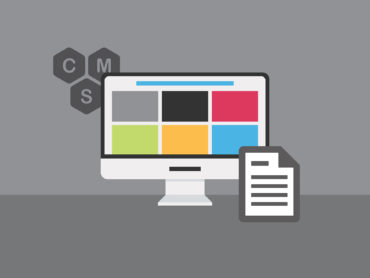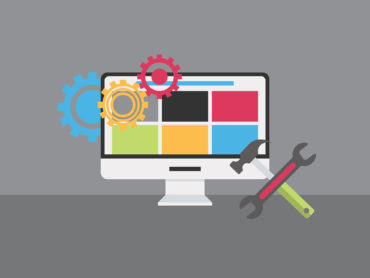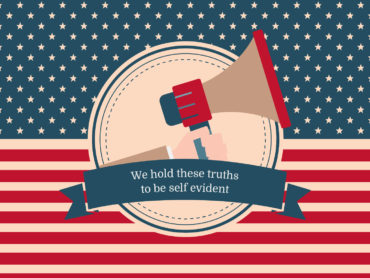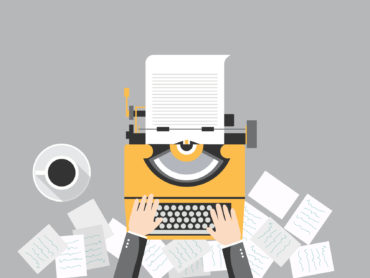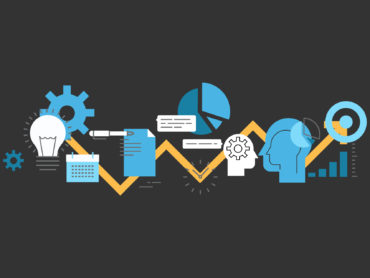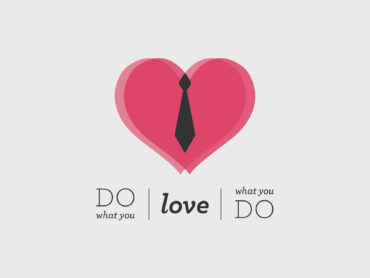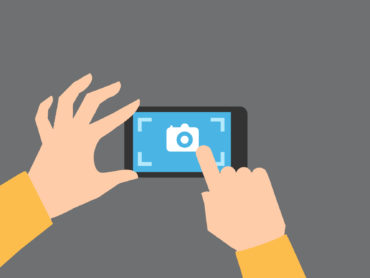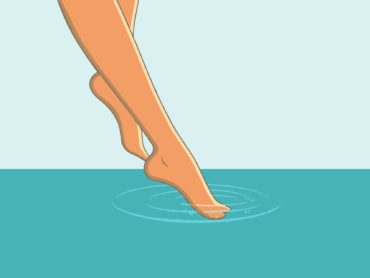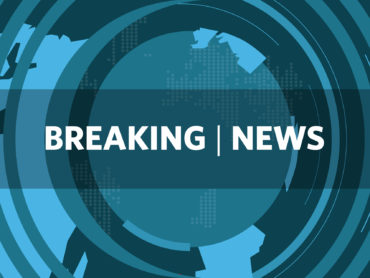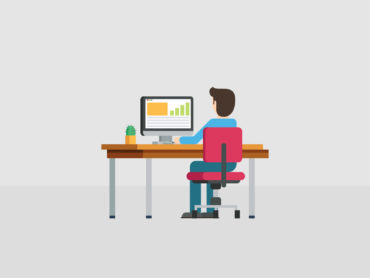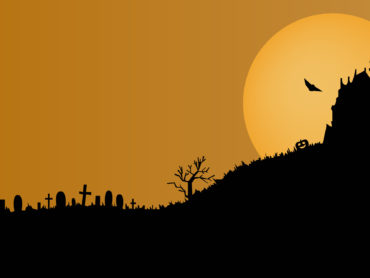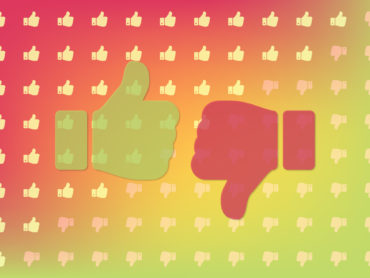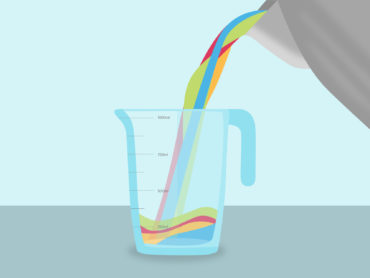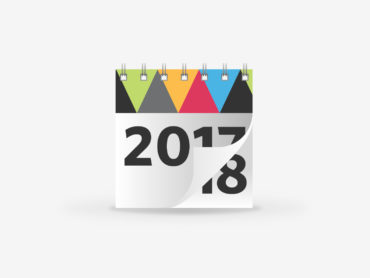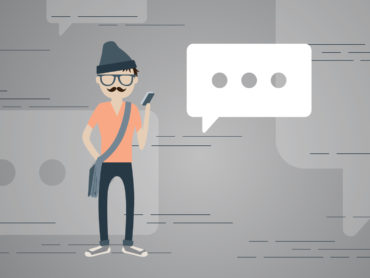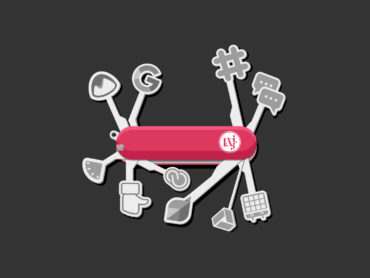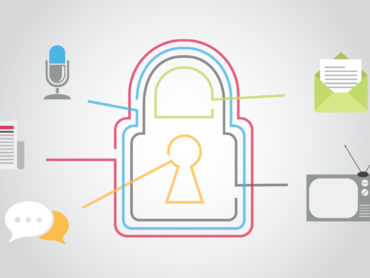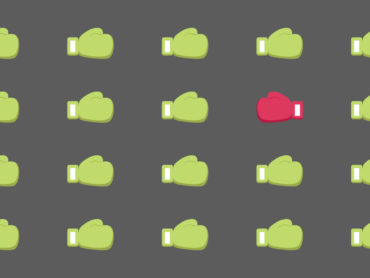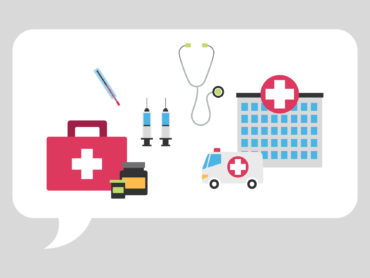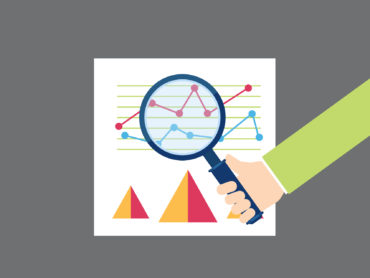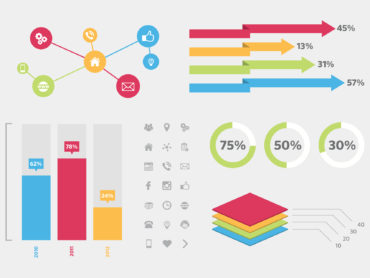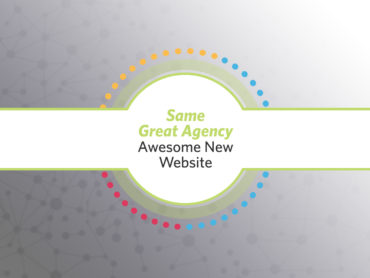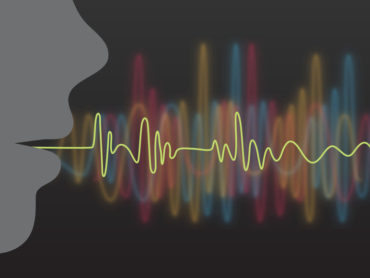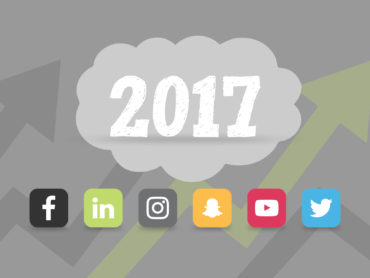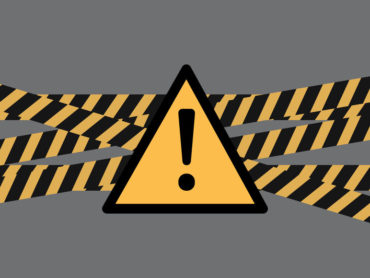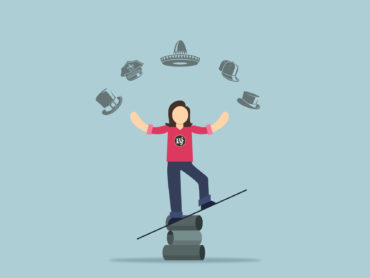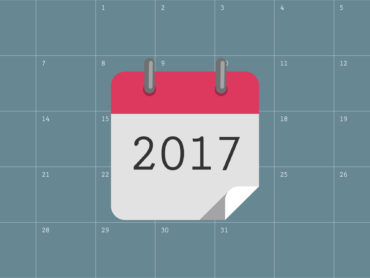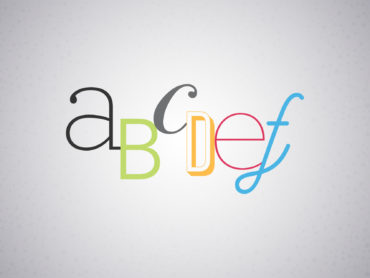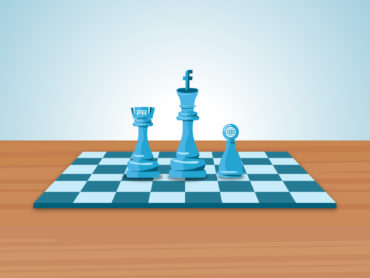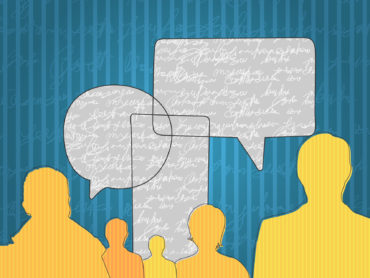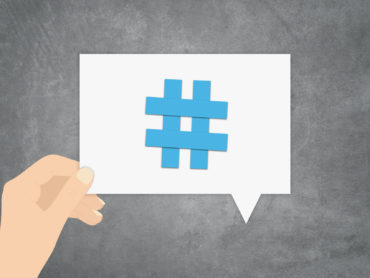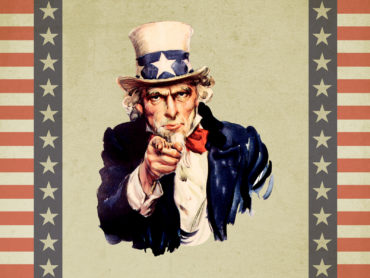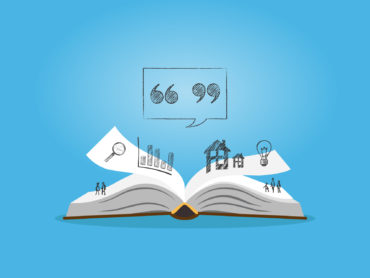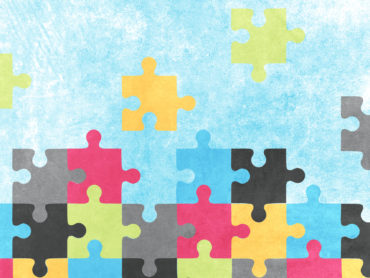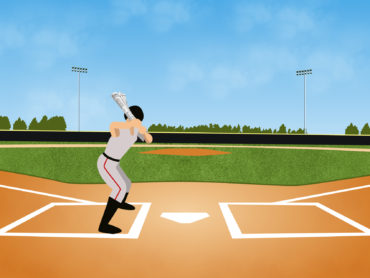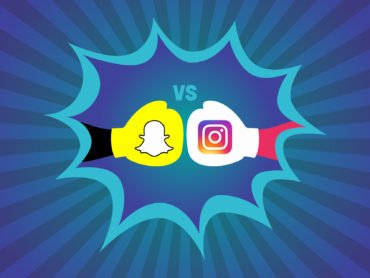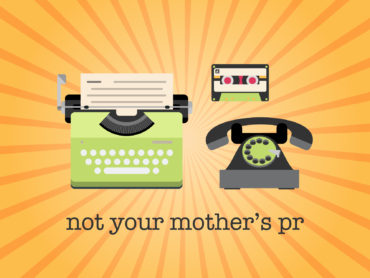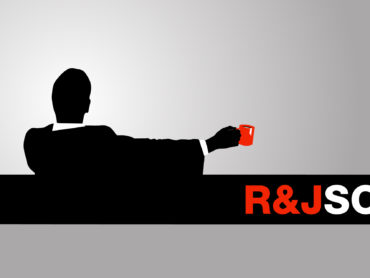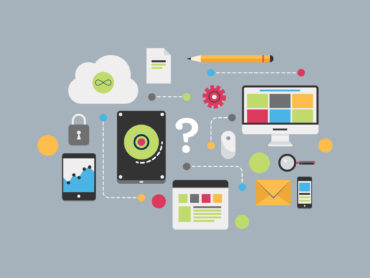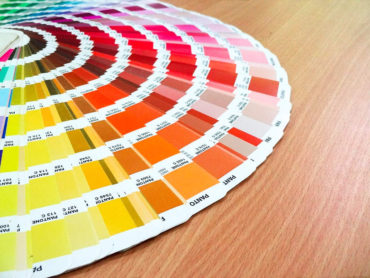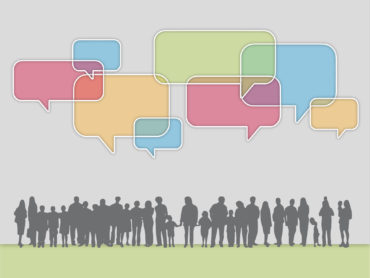Design with Intention
As any student of design will tell you, the main purpose of design is to solve a problem. Whether it’s industrial design, set design, interior design, fashion design, automotive design, environmental design or graphic design, if the work is doing its job, it is solving a problem for its audience. Many people assume that the purpose of design is decoration or purely aesthetic. But in reality, at its core, design must be functional above all else.
As notorious graphic designer Paula Scher once said, “Having no purpose is the function of art, so somebody else can look at it and ask a question. Design is different – you’re supposed to understand what’s going on. You can be delighted by it, intrigued by it, but you’re supposed to know it’s a hot dog stand.” And it is with this idea in mind that I create functional work for R&J and our clients.
Billboards, for example, have a very clear goal – communicate a message to people in a very succinct and eye-catching manner. You have about 3 seconds to grab someone’s attention while they are driving and then retain it long enough to communicate with them. You must make sure that the essence of the message is effectively conveyed in just a few short words and that the overall aesthetic achieves the correct tone.
Brochures, on the other hand, have a very different goal – they must be comprehensive and give people a much more complete and clear picture. Some common challenges that designers face when creating a brochure include establishing continuity between the folds, making sure that the information flows correctly, and instituting a hierarchy for the audience to easily digest the information presented.
Infographics present yet another challenge – they must take something that is very data oriented, a process, a set of statistics, etc. and communicate that message in a much more visual way. This is, perhaps, one of the best examples of a design in which functionality is essential. If the structure and foundation of the piece deviate from the core message, no amount of ornamentation will save it.
Websites also present a variety of distinct challenges – as a digital piece, the design of a website must constrain to every conceivable proportion and maintain its legibility. Another key factor involved in creating a website is in its functionality – does each page load quickly? Can a user navigate between pages with ease? Every color choice, underline, and arrow should represent a clear decision on the part of the designer and communicate a clear intention to the user.
Logos and brand identity present an incredibly unique challenge – a brand must be able to communicate a message with virtually no words. It must distill its essence into a few markings and these markings must represent the brand in totality. Another favorite Paula Scher quote of mine is: “Words have meaning, type has spirit.” In this way, a brand can communicate its substance. With the correct application of logo design and typography, a graphic designer can fully communicate the spirit of a brand to its audience.
I hope that these examples have given you a hint of the strategy that goes into creating a design. While one key challenge in each of these applications is to capture an audience’s attention, another is to maintain their interest so that they will read more, appeal to them emotionally so that it roots in their memory, and communicate a message so that they can understand and process what it is that you are saying. It is a level of understanding that cannot be achieved purely with words…it must have spirit.

